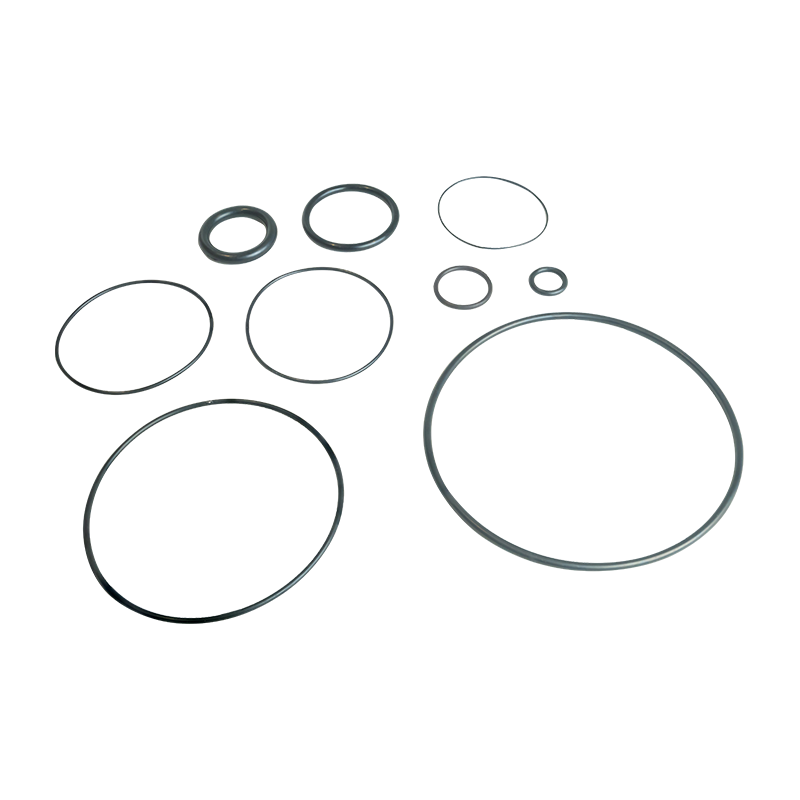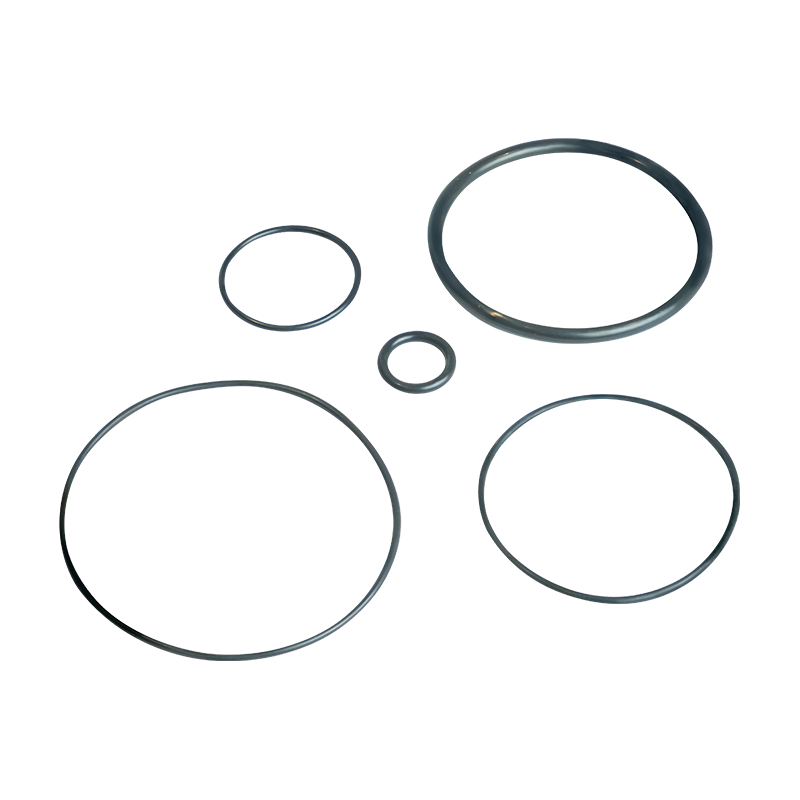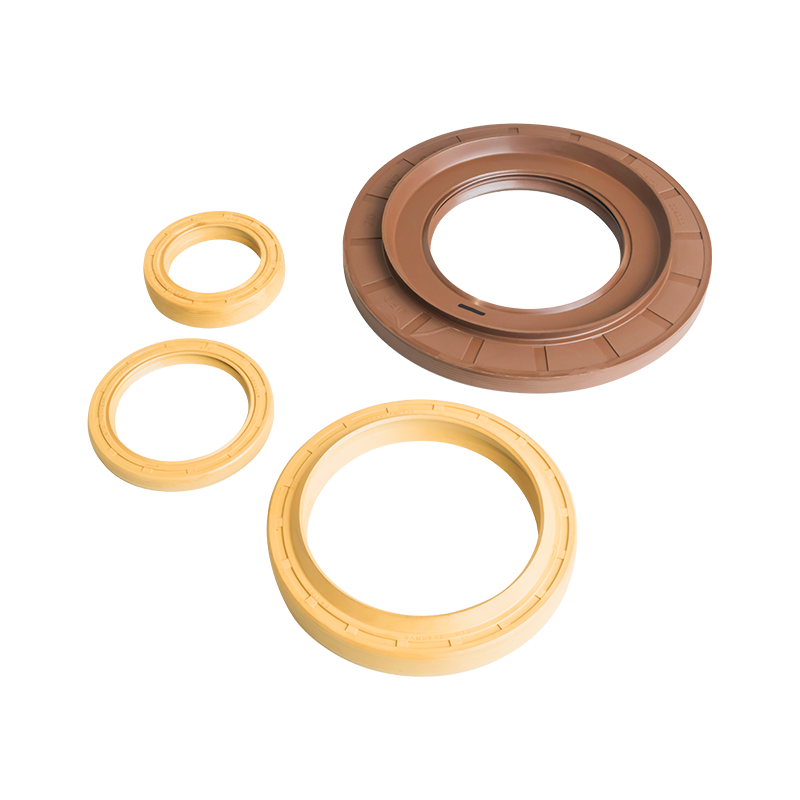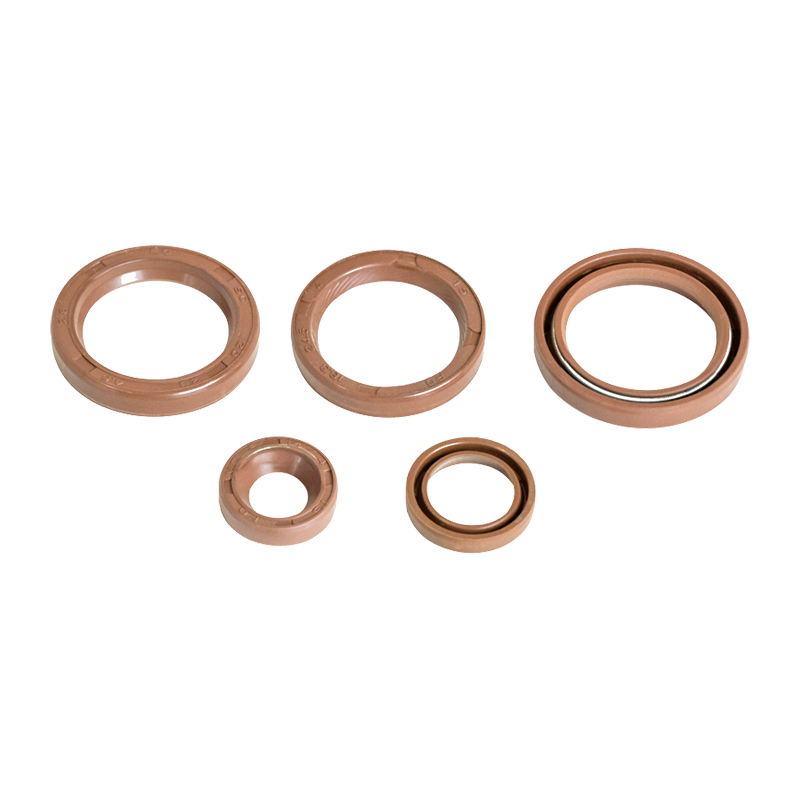Why Are Red Silica Gel O-Ring Seals the Go-To Choice for High-Temperature Applications?
What Makes Red Silica Gel O-Ring Seals Ideal for Extreme Heat?
Red silica gel O-ring seals have become a preferred solution in industries where extreme heat is a constant challenge. Unlike traditional rubber O-rings, which degrade under prolonged exposure to high temperatures, these seals exhibit exceptional thermal stability and oxidation resistance. The material composition of red silica gel allows it to withstand temperatures ranging from -60°C to 250°C (-76°F to 482°F), making it suitable for applications where other elastomers would fail.
Standard rubber O-rings, such as those made from nitrile or EPDM, tend to harden, crack, or lose elasticity when subjected to continuous high heat. In contrast, red silica gel O-rings maintain their flexibility and sealing integrity even after extended exposure. This is due to the inorganic silica backbone, which provides superior resistance to thermal aging. Additionally, these seals demonstrate excellent resistance to ozone and UV radiation, further enhancing their durability in harsh environments.
Another key advantage is their ability to retain mechanical properties under fluctuating thermal conditions. Whether used in industrial ovens, automotive engine compartments, or aerospace components, red silica gel O-ring seals provide reliable performance where temperature variations are frequent. Their low compression set ensures a tight seal over time, reducing the need for frequent replacements.
How Do These Seals Enhance Safety in Industrial and Automotive Systems?
In critical applications such as aerospace, chemical processing, and power generation, even minor leaks can lead to catastrophic failures. Red silica gel O-ring seals play a vital role in preventing such incidents due to their ability to maintain a secure seal under extreme pressure and temperature conditions. For example, in high-pressure steam environments, where metal components expand and contract, these seals adapt without losing their sealing efficiency.
A notable case study involves their use in steam valve systems, where conventional seals often deteriorate rapidly. Red silica gel O-rings have been shown to outperform standard alternatives by maintaining structural integrity even after thousands of thermal cycles. This reliability translates into reduced downtime and maintenance costs, particularly in industries where system failures can result in significant financial and safety repercussions.
Automotive applications also benefit from these seals, particularly in turbochargers, exhaust systems, and engine gaskets. The high-temperature resistance ensures that critical fluids and gases remain contained, preventing leaks that could lead to engine damage or hazardous emissions. Furthermore, their resistance to oils and fuels makes them an ideal choice for fuel injection systems, where both heat and chemical exposure are major concerns.
Are Red Silica Gel O-Rings the Future of Food and Medical-Grade Sealing?
Beyond industrial and automotive uses, red silica gel O-ring seals are gaining traction in the food and pharmaceutical industries due to their FDA compliance and non-toxic properties. Unlike some synthetic rubbers that may leach harmful compounds, these seals are chemically inert, making them safe for direct contact with consumable products.
In food processing equipment, such as mixers, sterilizers, and filling machines, these seals prevent contamination while enduring high-temperature cleaning processes like steam sterilization. Their ability to resist microbial growth further enhances hygiene, a critical factor in food and beverage production.
Similarly, in pharmaceutical manufacturing, where sterility and material compatibility are paramount, red silica gel O-rings provide a reliable sealing solution for reactors, autoclaves, and fluid transfer systems. Their non-reactivity ensures that they do not interact with active pharmaceutical ingredients, maintaining product purity.
What Should Engineers Consider When Switching to These Seals?
While red silica gel O-ring seals offer numerous advantages, engineers must evaluate several factors before implementation. One critical consideration is fluid compatibility. Although these seals perform well with water, steam, and many chemicals, they may not be suitable for certain hydrocarbons or strong acids. A thorough assessment of the operating environment is necessary to ensure optimal performance.
Another factor is cost-efficiency versus longevity. While red silica gel O-rings may have a higher upfront cost compared to standard rubber seals, their extended lifespan and reduced maintenance requirements often justify the investment. A comparative analysis of total cost of ownership (TCO) can help determine whether the switch is economically viable for a specific application.
Additionally, engineers should consider the mechanical demands of the application, such as dynamic vs. static sealing. Red silica gel O-rings perform well in both scenarios, but proper sizing and groove design are essential to prevent extrusion or premature wear in high-pressure dynamic applications.
Key Considerations When Selecting Red Silica Gel O-Ring Seals
| Factor | Consideration |
|---|---|
| Temperature Range | Ensure the seal can handle both peak and continuous operating temperatures. |
| Chemical Exposure | Verify compatibility with process fluids, gases, and cleaning agents. |
| Compression Set | Low compression set ensures long-term sealing effectiveness. |
| Regulatory Compliance | Check FDA, USP, or other industry-specific certifications if required. |
| Cost vs. Lifespan | Evaluate long-term savings from reduced replacements and downtime. |
Red silica gel O-ring seals have proven to be a superior choice for high-temperature, high-pressure, and chemically demanding applications. Their thermal stability, safety benefits, and suitability for food and medical-grade uses make them a versatile solution across multiple industries. Engineers looking to enhance system reliability and longevity should carefully assess their specific requirements to determine whether these seals are the optimal choice. As technology advances, the adoption of red silica gel O-rings is likely to expand, reinforcing their role as a critical component in modern sealing solutions.
Sray up to date with allour recent products
- Address: No. 6 Yangsha Road, Chengbei Industrial Park, Huilong Town, Qidong City, Jiangsu Province China
- Phone: +86-13906283641+86-18934546679
- Fax: +86-0513-83698022
- Email: [email protected]




 English
English русский
русский 中文简体
中文简体







